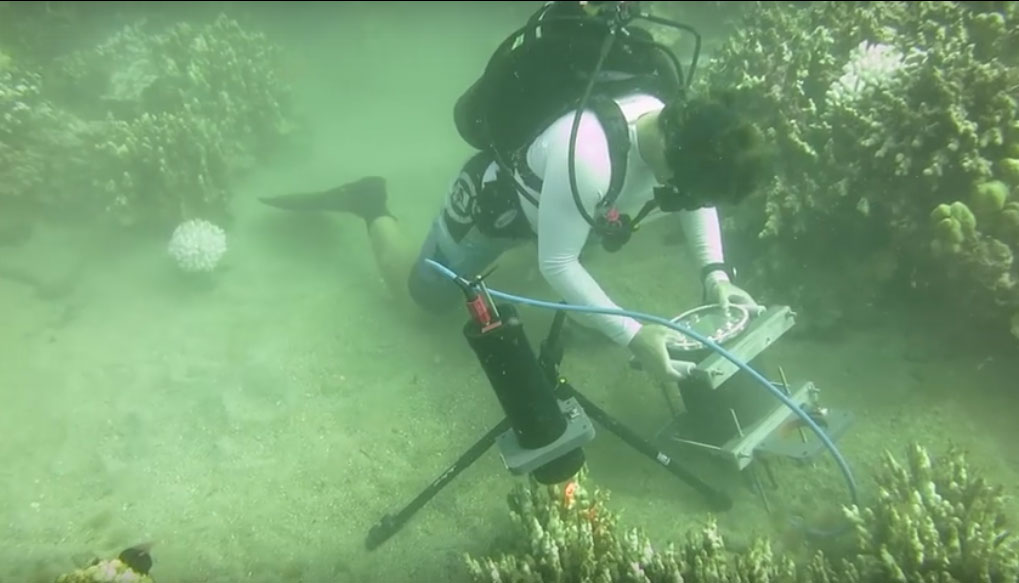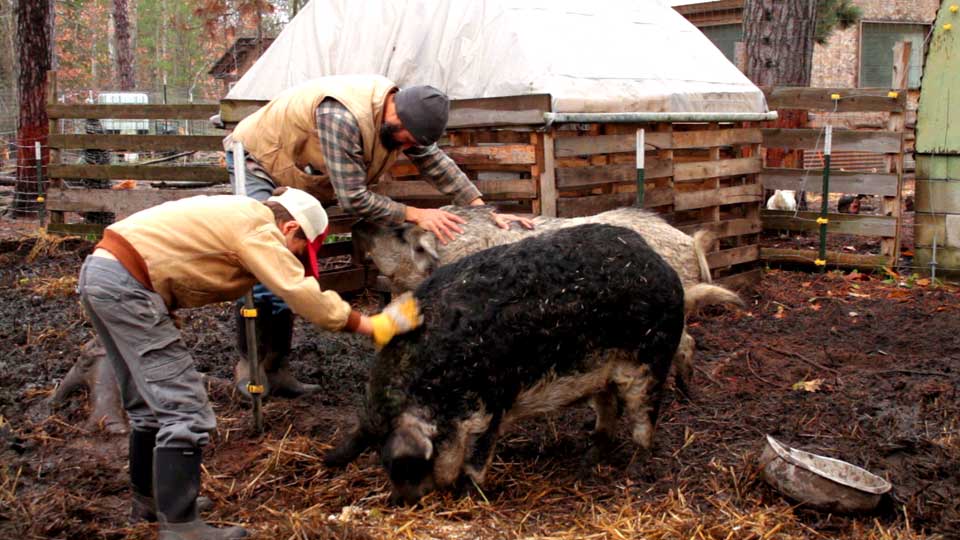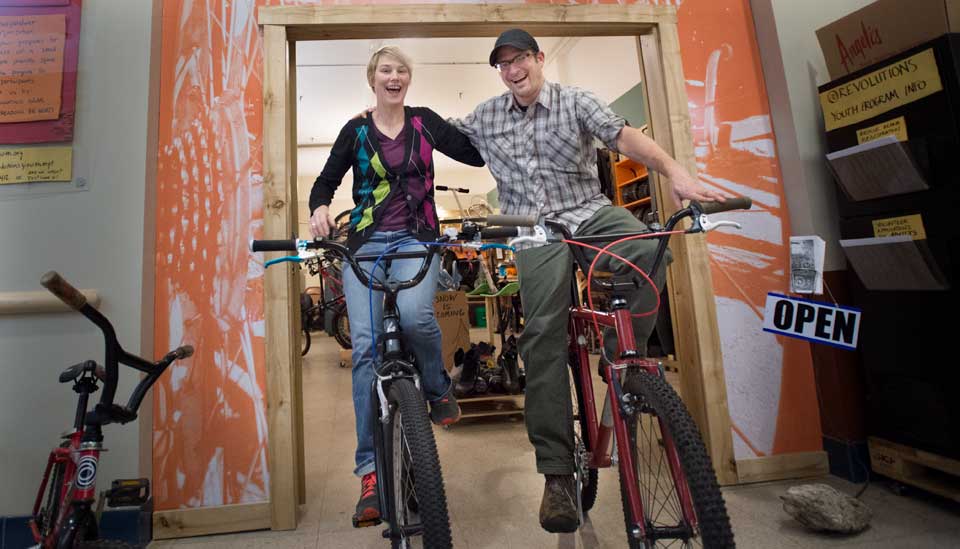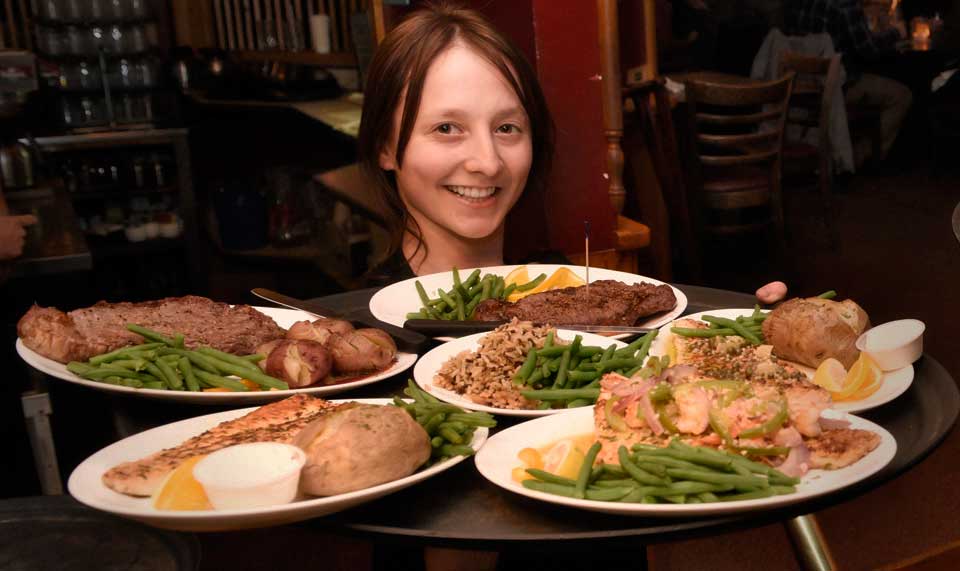How To Be A Responsible Consumer
Avoid being eaten up in our consumer culture by making smart choices to re-use and multi-use when possible!
Small changes in our lifestyle is all we need to save our planet but, there’s more in how to be a responsible consumer than just riding bikes or changing light bulbs. Here we going to get to the source and make suggestions to re-adapt the culture of bartering as in ancient times.
Many of the problems with the world today are the results of our runaway consumer culture. We are constantly enticed to buy, to have more, to have the best, and to give no thought to the environmental wreckage left in the wake. Our consumer culture encourages the overuse of energy, resources, and raw materials while carelessly generating pollution to our air, water, and food supplies.
In the past everything was much simpler: we grew food, sewed clothes, produced the tools and built our own houses. Then there were those who became the craftsmen who we traded with or bought from for the things we needed.
Once we entered the age of manufacturing products in mass people came and convinced us to buy from a particular manufacturer and not the other.
Next they convinced us we needed to buy from one manufacturer and the other. And so began the stage where everything became crazy: Man began to accumulate assets and began to be measured by what he possessed. Whoever had the biggest or the newest – was worth more. Let’s stop here with a recent quote by the new pope Francais stating that “unfettered capitalism is the new ‘tyranny’. “
The goal here is to think for a moment before pulling money from your wallet, and see if you can take advantage again from what has already been bought. Let’s face it: there are quite a few things we buy that serve us just for a moment or we don’t really need them at all. Many of these objects can be used again and serve us or others faithfully before occupying a place in the landfills.
So instead of producing more waste – please consider alternatives. Make smart choices when buying and find creative ways to reuse your stuff. Here are some ideas on re-use and multi-use to get you started.
Alternatives to throwing away your used goods
- Old shirts from big brothers and sisters that didn’t get passed on to friends or charities can serve a variety of uses: Aprons for example. When young children eat pasta with tomato sauce or start a painting project, there’s no chance that the clothes they are wearing will remain clean. Because these shirts come down to the knees on little ones it covers them from top to bottom.
- You can cut up hand me downs or old towels to make great rags for use around the house and on the car. They’re handy to have around in the kitchen and garage for messy greasy jobs.
- Half liter bottles can be reused in the garden. Instead of dumping them into the recycling cages you can make planters for flowers or herbs. Cut them in half crosswise or lengthwise, poke holes in the bottom, and then add a little soil and seeds. Seeds by the way, do not always have to be bought – you can save them from the vegetables you eat (e.g. tomatoes). You can even decorate the half bottle.
- How about the pump containers of liquid soap for hand washing. Save on money and packaging buying large containers of soap and refilling the small ones.
- The Internet has a variety of sites that can sell your old stuff and you can buy the used goods of another. True, it’s not new from the plastic package but you make up for this knowing that no extra energy was wasted, no additional pollution put into the environment, and an item was saved from the landfill.
- When you have a paint project around the house use an old paint you have on hand as a primer. Have paint left over from your projects? Instead of disposing of leftovers in the trash you can donate them to public institutions, schools, youth charities, and even individuals, to be used for their needs.
- Let’s talk about paper for a moment: Try using double sided printing whenever possible and give paper printed on one side only for the kids in preschool who love to get pages for painting. Even old business cards can be passed on to the kids to make play money or flash cards (just write on the blank side). For that matter, used greeting cards can be used again and given to kindergartens, who can turn them into works of art. This also includes old magazines, wrapping paper, cardboard boxes and tubes, colored cellophane, and other similar supplies. Teachers and children will be happy to get them for their art projects.
- Shoe boxes, jars, ice cream containers, plastic mesh baskets of strawberries etc. can be kept at home and used as storage containers for all the postcards and photos that hurt the heart to throw away. Jars can take soup to work, or used to store a variety of items from beans and rice in the kitchen to nails and screws in the basement. Plastic baskets can hold a lot of little things and make great drawer organizers.
Getting the idea? These are just a few of many ways to re-use common household objects. Have more suggestions? Please leave a comment to share with everyone, we welcome your ideas!
Out of curiosity and necessity I have become accustomed to wearing many hats in life. The latest hat in my collection is as owner/publisher/author/photographer/videographer for Marquette Magazine. Among other things I am a doula, certified breastfeeding counselor, NMU student, and mother of 5... whew, I'm getting tired just writing that...















You must be logged in to post a comment Login